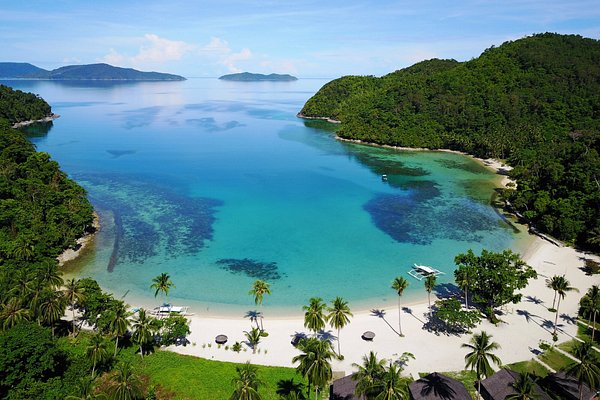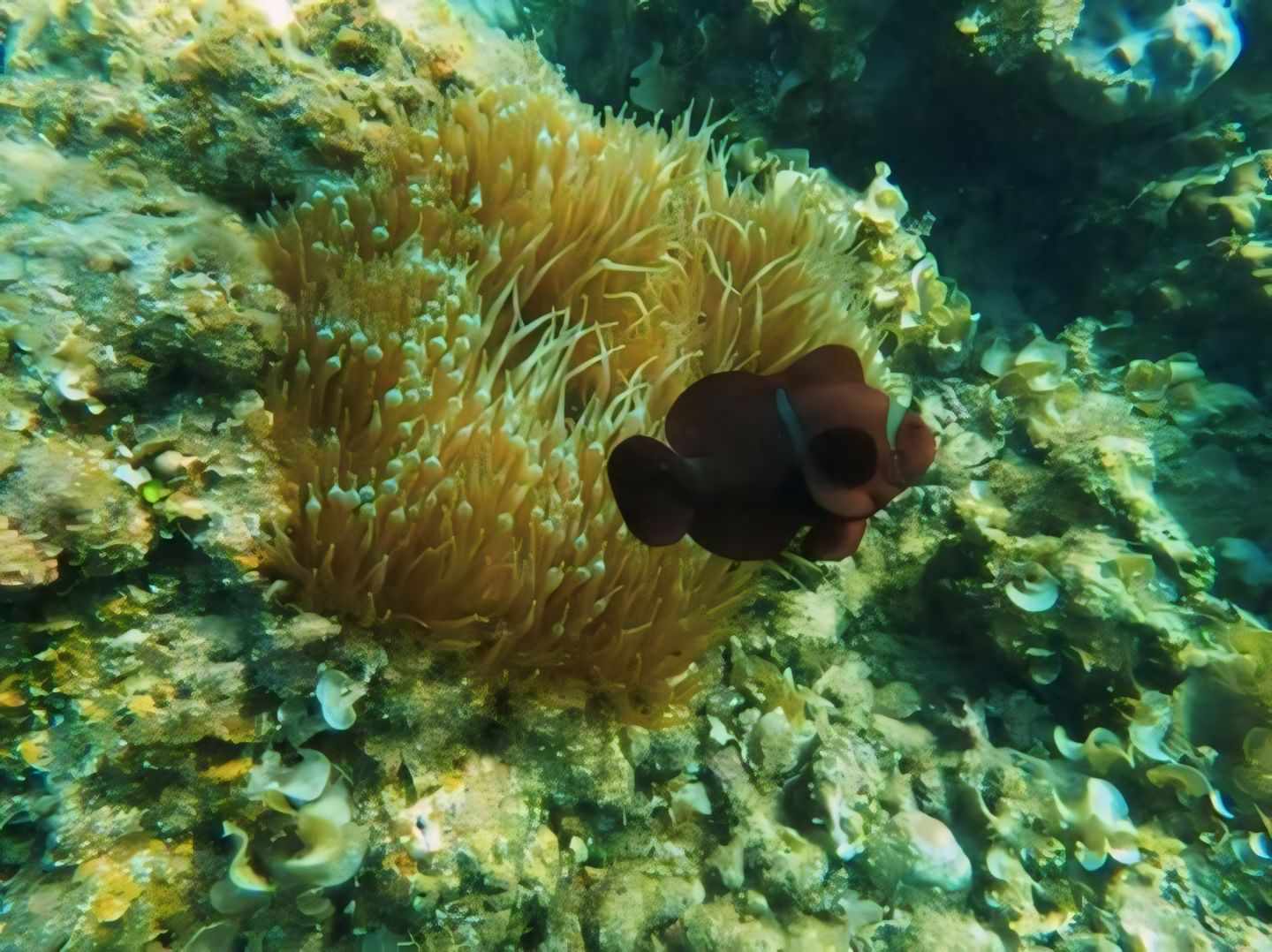"Marine Bounty Meets Cultural Harmony"

Port Barton's natural wonders attract both migrants and tourists from various parts of the country and the world. For many of the settlers in Port Barton, the abundant marine resources in the area have been a crucial draw. Since the 1980s, when a nationwide ban on logging was put in place, they have heavily relied on the sea for sustenance and livelihood. In the past, the waters were brimming with fish and marine life, seemingly always available for harvest. However, they have not escaped the negative impacts of destructive fishing practices and overexploitation that have harmed many fishing grounds in the country. Once, they shared stories of the sea's seemingly endless resources, with fish practically jumping into their nets. Nowadays, they emphasize the importance of safeguarding their reduced but still valuable marine resources with a sense of nostalgia for better times and a realization of their responsibility in preserving what remains. Port Barton, named after an Englishman who surveyed the islands in the 1940s, has its origins in Tagbanua settlements established before the 20th century. Originally known as "Itaytay" by the 10 tribal families residing there, the arrival of loggers in 1933 led the Tagbanuas to retreat to the mountains. However, they later reached a mutual agreement with the newcomers, fostering improved relationships among the residents. In 1961, Port Barton was designated as a barangay of Puerto Princesa, later becoming part of San Vicente when it became a municipality in 1972. Despite its substantial land area of nearly 23,000 hectares, which includes 13 islands, Port Barton is larger than many towns in the Philippines but has a relatively small population. With only 4,362 inhabitants across 981 households, the residents come from diverse backgrounds, practice various religions (including Roman Catholicism, Pentecostalism, and Iglesia ni Cristo), and speak a range of dialects such as Waray, Cuyunon, Cebuano, Masbateño, Tagalog, Ilonggo, Ilokano, and Agutaynon, among others.

